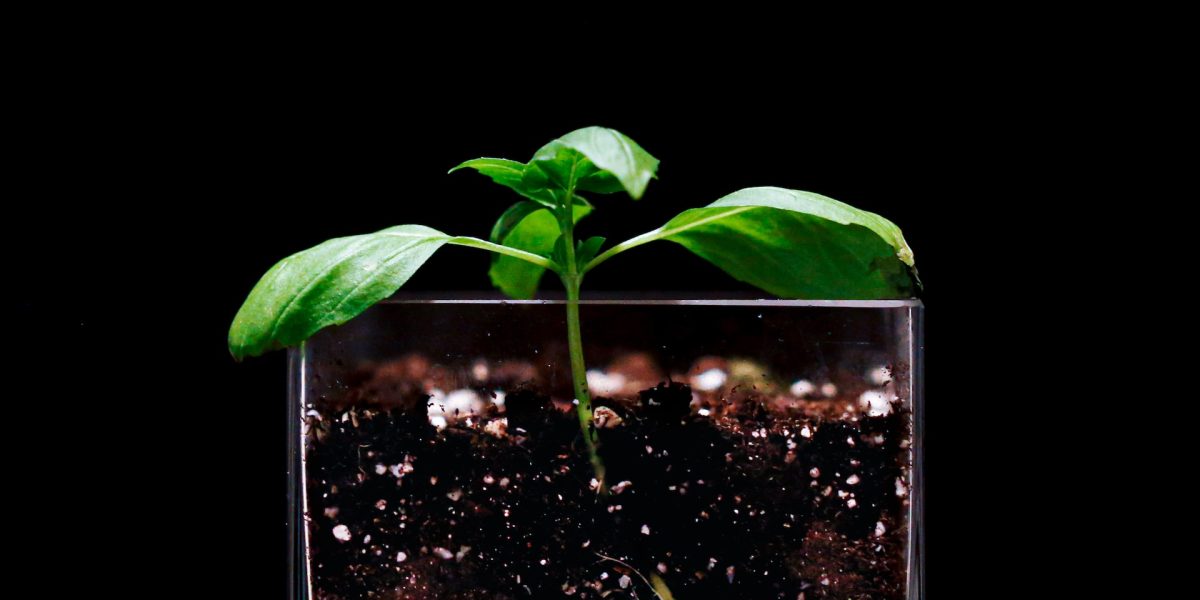Plants come in all shapes and sizes, though they are usually green and rely on energy from the sun to stay alive. More often than not, they grow upwards, leaving their roots to grow further into the ground or even out of their planter entirely. But what about when it isn’t a simple question of up or down? Some trees in rugged terrain, like mountains, for instance, survive by growing both left to right and upwards. Their roots may be engrained in the side of a cliff, where they are not directly below the plant’s growth. How is it that plants can sense gravity, and know which way to grow? How can gravity affect their growth?
We must first consider that plants, just like people, are made up of cells. Specific plant cells have gravitational sensors within, called statoliths. These sensors are made up of a heavy, liquid-like starch. Due to the force of gravity, these heavy sensors deposit at the bottom of the cell, like a sticky syrup.
Researchers were interested in understanding if the sensors responded to different amounts of tilt angle or gravitational force. Using a centrifuge, a fast-spinning chamber, they were able to simulate forces of gravity different than that of Earth. These forces ranged from 1g, the force of gravity on Earth, up to 3g, 3 times the force of gravity on Earth. Their findings indicated that the amount of gravity did not alter the plant’s growth response, but tilt angle did. No specific comments were made about how gravity changed other parts of the plant, such as shape or spread. Therefore, it is believed these statolith sensors are responsive to incline, so that they will shift locations in the cell with even the slightest tilt.
A shift of these statolith sensors causes the plant growth hormone, auxin, to be rearranged and unevenly distributed in the cell. This uneven distribution attempts to grow the plant back into an upwards direction, or opposite the direction of gravity. Researchers have studied and modeled how the angle of incline ultimately leads to a correction in growth, and their model could be applied to predicting the response of a plant given a tilt.

In nature, trees can be seen growing sideways and then upwards off a cliff. Perhaps an unnatural application of plants responding to gravity is houseplants kept in magnetically floating pots. This is a relatively new concept that holds a very small plant, and makes it appear as though it is levitating with the use of magnets. As the plant grows and is watered, uneven weight distribution will occur, often resulting in both rotation and tilt of the pot. Based on previous studies of plants responding to gravity, we could expect plants grown in these floating pots to have small kinks in their stems from trying to counteract the pot tilting.
Understanding how plants grow in response to gravity is a complicated topic, and there are still many gaps of knowledge in this field. Scientists have been able to model plant behaviors mechanistically, so that we can minimally predict growth responses. Most recently, NASA has been interested in the effects of gravity on plants with and without statoliths. Their projects illuminates that this research is far from completion, and that our understanding of plants’ gravity perception is still growing.
